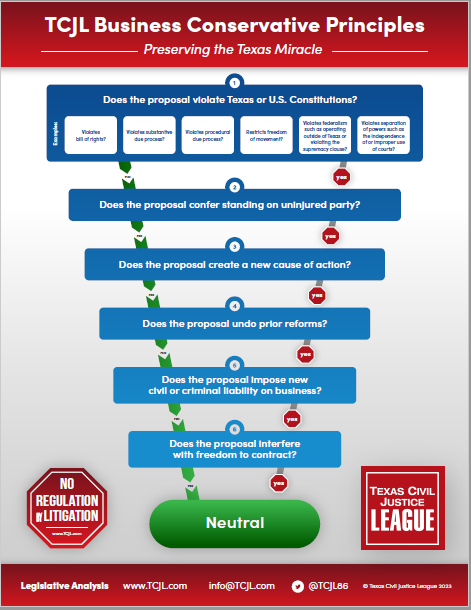 The Fort Worth Court of Appeals has reversed a trial court order granting a general contractor’s motion for summary judgment in a premises liability case.
The Fort Worth Court of Appeals has reversed a trial court order granting a general contractor’s motion for summary judgment in a premises liability case.
Russell Scott Donaldson, As Next Friend of His Grandchildren: L.A., R.A., A.A., and R.S.A., The Heirs of Robert John Aquino, III v. Pro-Craft General Contractors, Inc. (No. 02-23-00271; May 2, 2024) arose from an injury suffered by an employee of Pro-Craft when he stepped on a nail sticking up from a discarded baseboard at a residential worksite. The employee sued for premises liability and negligence. Defendant contractor, a non-subscriber to workers’ compensation, moved for no-evidence summary judgment, asserting that there was no evidence that it had actual or constructive knowledge of the dangerous condition. The trial court granted the motion. The employee (who had since died of unrelated causes) appealed.
In an opinion by Chief Justice Sudderth, the court of appeals reversed. Plaintiffs argued that they raised a genuine fact issue as to whether Defendant had knowledge of the dangerous condition because Defendant’s own employees created the condition. To establish the knowledge requirement, Plaintiff must show that: “(1) the defendant placed [the dangerous condition] on the floor, (2) the defendant actually knew that the [condition] was on the floor, or (3) it is more likely than not that the condition existed long enough to give the premises owner a reasonable opportunity to discover it” (citations omitted). The court held that Plaintiffs “produced more than a scintilla of summary judgment evidence that Pro-Craft created the dangerous condition by placing the baseboard on the floor.” When the employee visited the site to confer with the customers, he knew that two Pro-Craft employees had been pulling up baseboards, and that the one he stepped on was one of them. Pro-Craft argued that this was mere “surmise and speculation” and that the baseboard must only have been there for an instant. The court brushed this argument aside, pointing out that what matters is whether “the defendant created the dangerous condition” in the first place. Consequently, the employee’s testimony satisfied the “more than a scintilla of evidence” standard on the knowledge issue, circumstantial though it might be. And that was enough “to defeat a no-evidence summary judgment challenge.”
Plaintiffs further challenged the trial court’s grant of summary judgment on the negligence claim on the basis that Defendant’s summary judgment motion went only to the premises liability claim. As a result, Plaintiffs argued and the court held, the trial court’s judgment “exceeded the bounds of the summary judgment motion that was granted.” As such, the trial court had “no legal basis supported by the record” on which its order could be affirmed.











